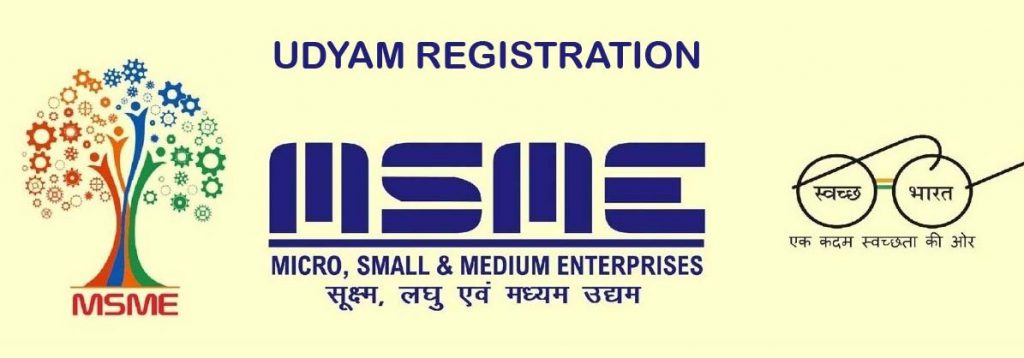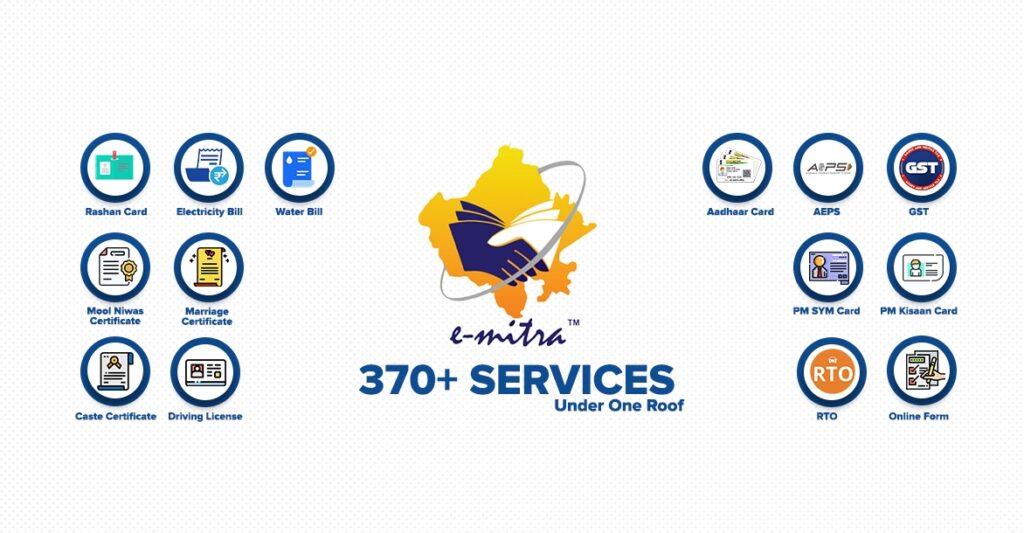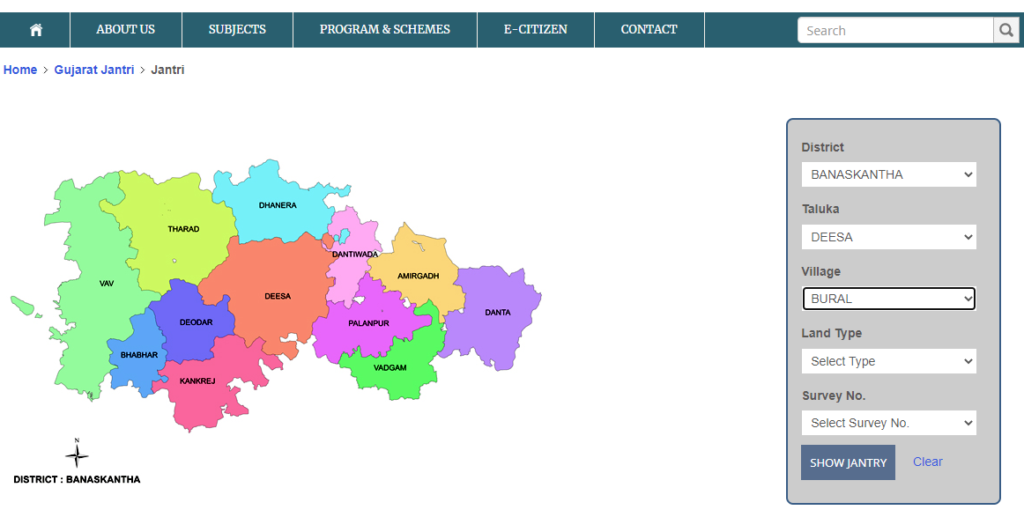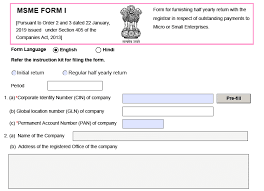What is Udyam Aadhar Fees?
Udyog Aadhaar, now known as Udyam Registration, is a 12-digit Unique Identification Number that facilitates registration for the small business sector and is a crucial initiative for Indian small and medium enterprises (SMEs) seeking growth and government support. It was issued by the Ministry of Micro, Small, and Medium Enterprises (MSMEs) of the Government of India in September 2015, and it facilitates a hassle-free, paperless online registration process. The reason behind Udyam registration is to boost the SMB sector in India. What’s New with Udyam Registration Mandatory Migration As of 2023, Udyog Aadhaar registrations are no longer valid. All businesses need to migrate to the Udyam platform, to continue enjoying the benefits. If the entrepreneurs fail to migrate to Udyam Registration, then UAM will not be valid, and they will be required to register again for Aadhaar Udyam Registration. Simplified Categories The new registration system classifies businesses into three categories (Micro, Small, and Medium) based on their annual turnover and investment. This simplifies the process and ensures accurate classification Enhanced Benefits Udyam registration unlocks a wider range of government schemes and benefits, including easier access to credit, subsidies, and tender participation Udyam registration for MSME As mentioned above, Udyam registration is the new process for registering micro, small and medium enterprises introduced by the Ministry of Micro, Small & Medium Enterprises (MSME) on 1st July 2020. A permanent registration number will be issued to MSMEs after Registration. Udyam registration is vital for availing the various benefits of schemes or programs of the Ministry of MSME, such as the Credit Guarantee Scheme, public procurement policy, additional edge in Government Tenders and protection against delayed payments, etc. Key Benefits of Udyam Registration Hassle-free online registration: The process is completely online and free, requiring only your Aadhaar number and basic business details Multiple registrations: Entrepreneurs can now register multiple businesses under one Udyam number, simplifying management Self-declaration: No documents or proof are required beyond your Aadhaar, promoting transparency and ease Government tender preference: Registered MSMEs get priority consideration for government tenders, increasing business opportunities Faster payment protection: Udyam registration helps secure protection against delayed payments from buyers Access to schemes: Unlock various government schemes and financial assistance programs Credibility enhancement: Udyam Registration acts as official proof of your business existence Documents Required Name of the Owner Category Name of Business Type of Business Official Address Date of Commencement Details of Previous Organization (if any) Bank Details Number of employees National Industrial Classification Code (NIC) Amount invested in Plant & Machinery Details of Industry Centre (DIC) Udyam Registration Fees The Registration for MSMEs under Udyam Registration Portal is entirely online, and there is no fee for MSME registrations. It is free of cost. Udyam Registration Process Step 1: Visit the official Udyam Registration Portal Step 2: Enter the 12-digit Aadhaar no. and name of the entrepreneur Step 3: Click on ‘Validate’ and ‘Generate OTP’ Step 4: Enter the OTP received on the registered mobile number Step 5: Once the verification is successfully done, fill out the form with all the relevant details Step 6: Review the form and click on the ‘Submit’ button Step 7: Enter the OTP again received on the mobile number Step 8: Click on ‘Submit’ once for the final submission FAQs Do I need to register again if I already have Udyog Aadhaar? Yes, all Udyog Aadhaar registrations became invalid in 2023. Migrating to the Udyam platform is crucial to continue enjoying the associated benefits. What are the key benefits of Udyam registration? Benefits include easier online registration, access to government schemes, faster payment protection, tender preference, and enhanced credibility.
What is Udyam Aadhar Fees? Read More »









